American neutrality.
It is September 4, 1939.
The events of the past few days have been dizzying.
Those paying attention are convinced the world will never be the same.
On Friday, September 1, 1939, a bedside phone call had awakened President Franklin Roosevelt at 2:50 AM.
The call was from William Bullitt, the American ambassador in Paris.
He told FDR that he had just spoken to Tony Biddle, the American ambassador in Warsaw.
Biddle had told him air raid sirens were wailing across Warsaw and the Polish Foreign Ministry had said there had been numerous Nazi incursions onto Polish soil.
“Well, Bill, it has come at last,” FDR had said. “God help us all.”
FDR then ordered all Navy ships and Army commands to be notified by radio at once.
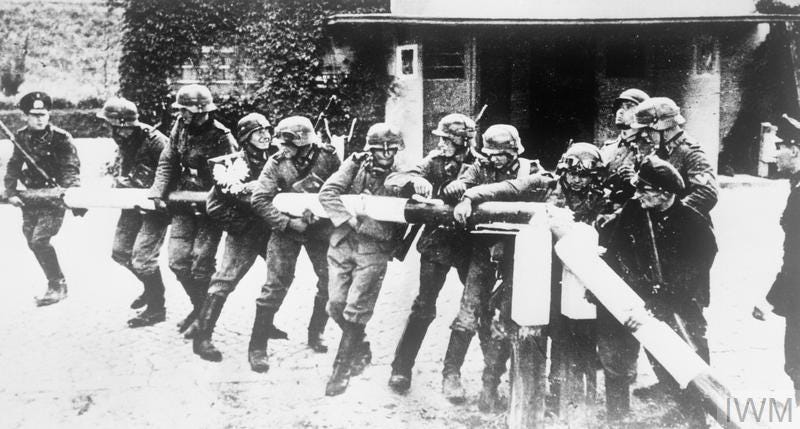
At 5:40 AM on September 1, Hitler had issued a declaration to the German armed forces:
"The Polish state has refused the peaceful settlement of relations which I desired, and appealed to arms...
“In order to put an end to this lunacy I have no other choice than to meet force with force from now on.”
The Germans had amassed an army of more than a million men for the attack along with thousands of tanks and aircraft.
Hitler later addressed the Reichstag, explaining the Polish invasion was necessary to end the intolerable mistreatment of German people living outside of Germany’s borders.
Hitler had eliminated the risk that his Polish invasion might spark war with the Soviet Union little more than a week earlier.
On August 23, Germany and the Soviet Union had signed a secret nonaggression pact which divided eastern Europe into German and Soviet spheres of influence.
The Soviet Union would invade eastern Poland on September 17.
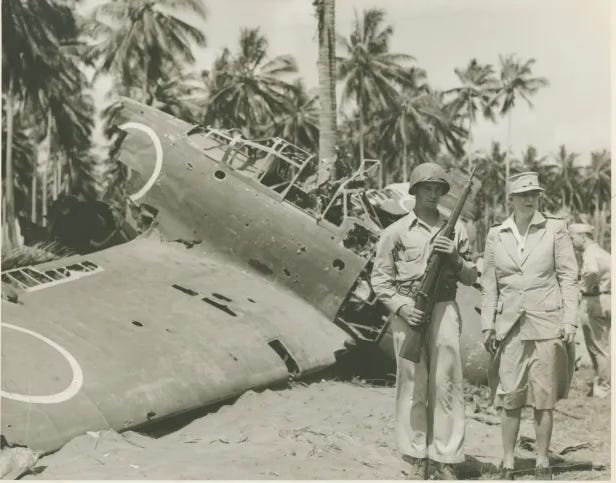
On September 2, 1939, Eleanor Roosevelt wrote about Hitler’s Reichstag speech and the invasion of Poland in her daily newspaper column.
She wrote that she had just received a letter from a German friend who had been her roommate at an English boarding school.
The friend had said “hate was rampant in the world” and other nations “believed things that were not true about Germany.”
“She begged that we try to see Germany’s point of view,” Eleanor wrote.
But Eleanor would have none of it.
From her column:
”How can you feel kindly toward a man [Hitler] who tells you that German minorities have been brutally treated… but that never can Germany be accused of being unfair to a minority?
“I have seen evidence with my own eyes of what this same man has done to people belonging to a minority group—not only Jews, but Christians, who have long been German citizens.”

On September 3, 1939, Britain and France had declared war on Germany.
And, in a continuation of their air attack on Warsaw, the Luftwaffe had stricken Ambassador Biddle’s residence.
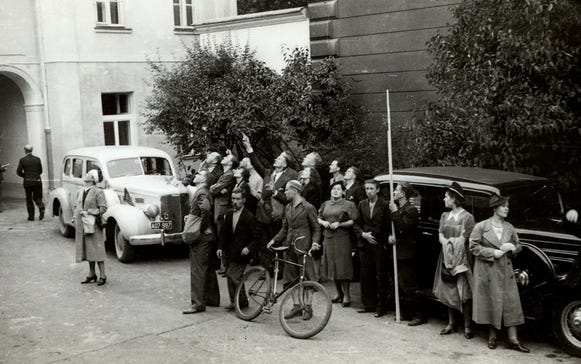
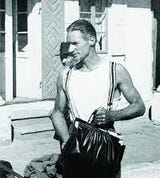
He will depart Warsaw in a multi-car caravan carrying his wife, his Great Dane, and embassy staff, and will survive a harrowing nine-day trip to then-neutral Romania.
Within hours of Britain’s declaration of war on September 3, a German U-boat sank the British passenger liner SS Athenia off the coast of Scotland, with the loss of 117 lives, including 28 Americans.
Germany denied responsibility for the sinking but worries the event will bring the US into the war.
And also on September 3, President Roosevelt addressed the nation in a Fireside Chat.
He warned against thinking that “conflicts taking place thousands of miles from the continental United States… do not seriously affect the Americas-and that all the United States has to do is to ignore them and go about its own business.”
“When peace has been broken anywhere,” FDR says, “the peace of all countries everywhere is in danger.”
And, while promising that the country will remain neutral, he says that he will not ask the American people to remain neutral in thought.
“Even a neutral has a right to take account of facts.
“Even a neutral cannot be asked to close his mind or his conscience.”
FDR will sign a formal declaration of neutrality on September 5, 1939.
Also on September 5, the Chief of US Naval Operations initiates Neutrality Patrol operations involving aircraft and surface ships in the Caribbean and in waters 200 miles off the coasts of North and South America.
U-boat attacks off the US East Coast will begin in fifteen months.
U-boats will sink 233 ships, taking the lives of 5,000 seamen and passengers, a number more than twice the American losses at Pearl Harbor.
******************************
I’ll see you tomorrow.
— Brenda



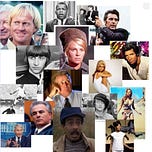


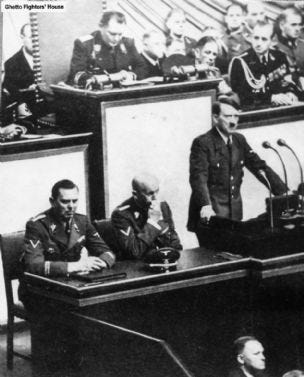

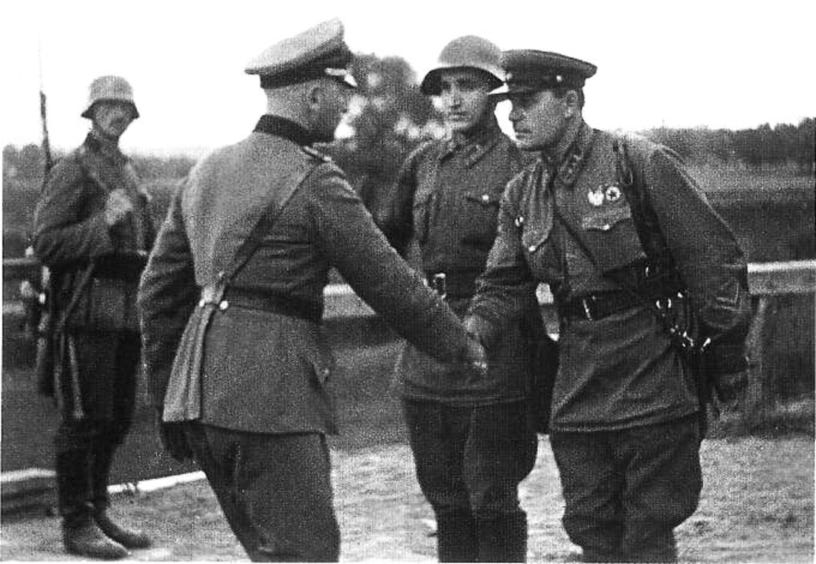

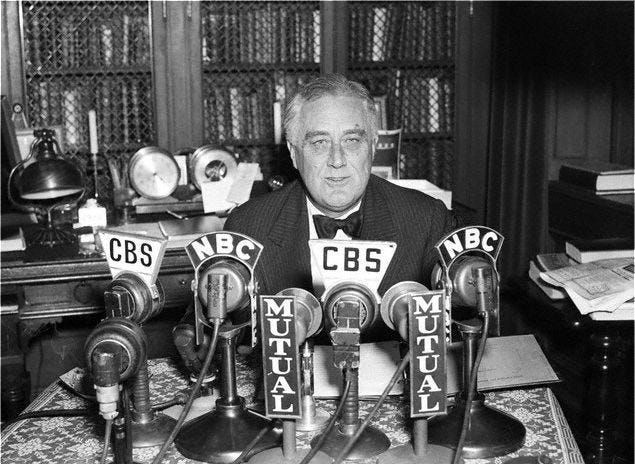


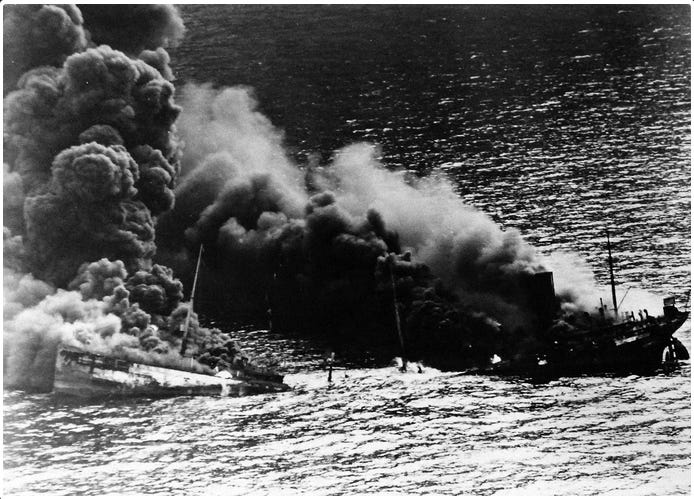









Share this post